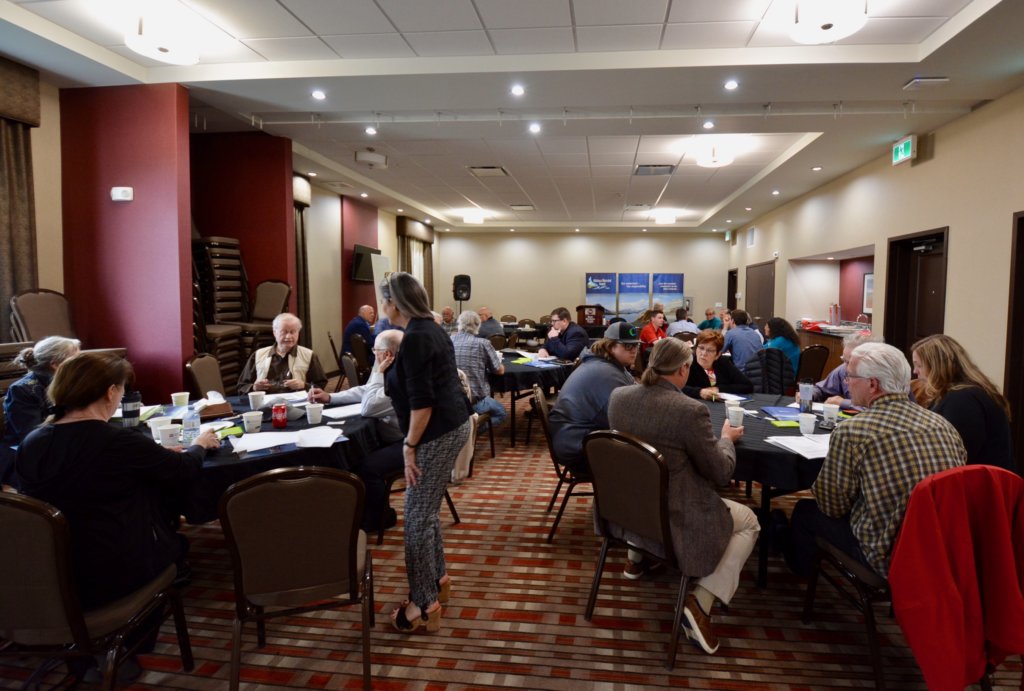Finally, municipalities undertake planning at multiple scales, starting with broad policies in their Municipal Development Plans and Land Use Bylaws, adding more detail in Area Structure Plans and Sub-division Plans. While the planning framework may seem complex, most plans work to balance the social, economic and environmental values of the people living and working in a particular area. It is the role of land, resource and water managers to make sure plans align and integrate to achieve shared outcomes.
